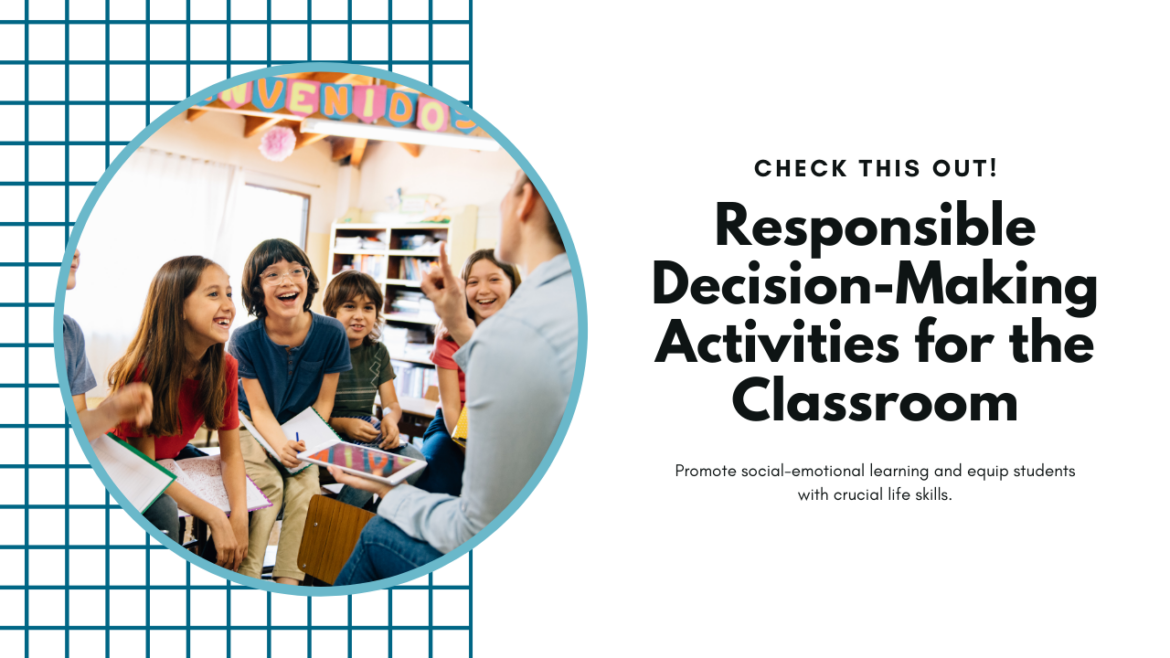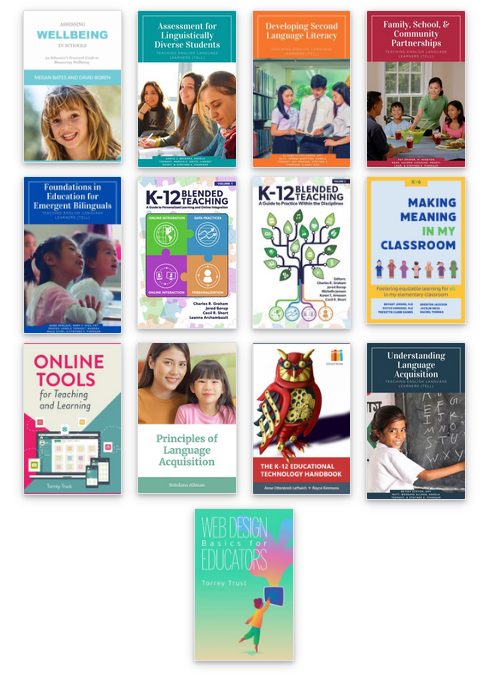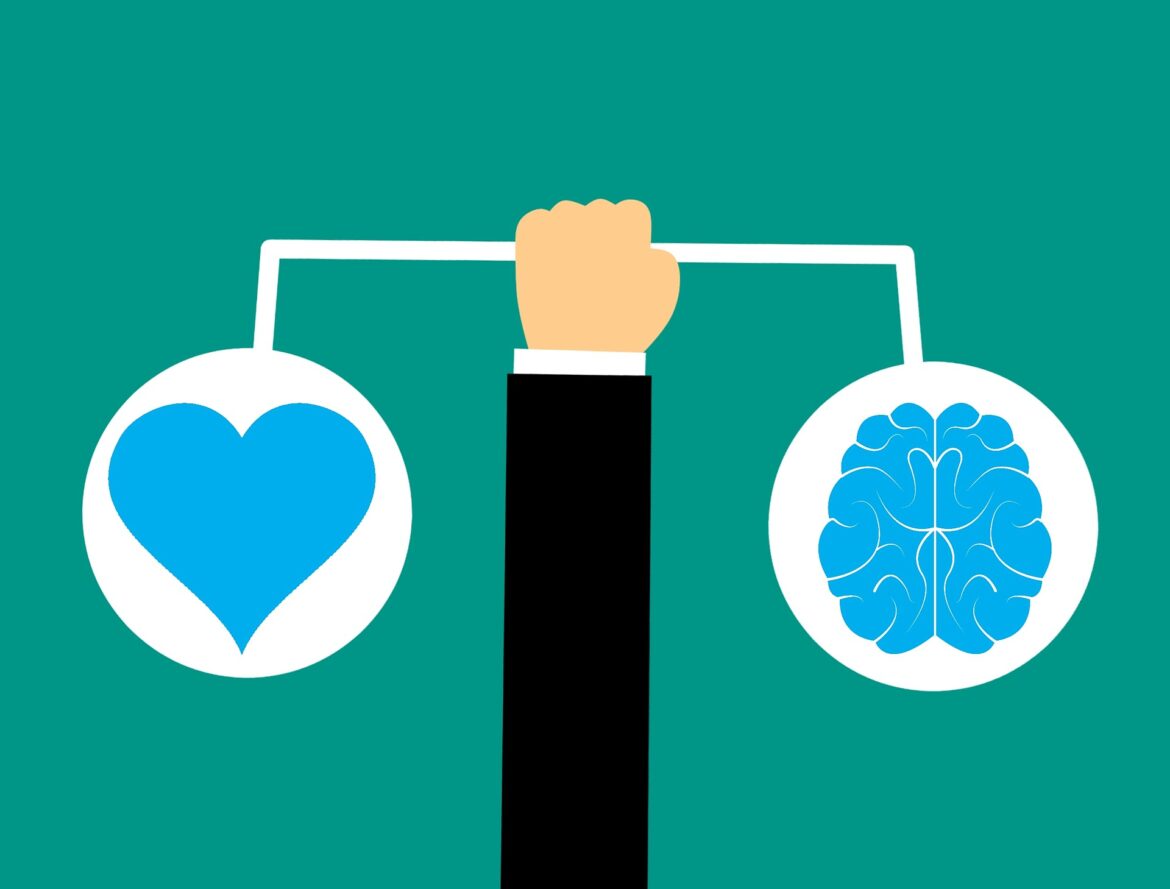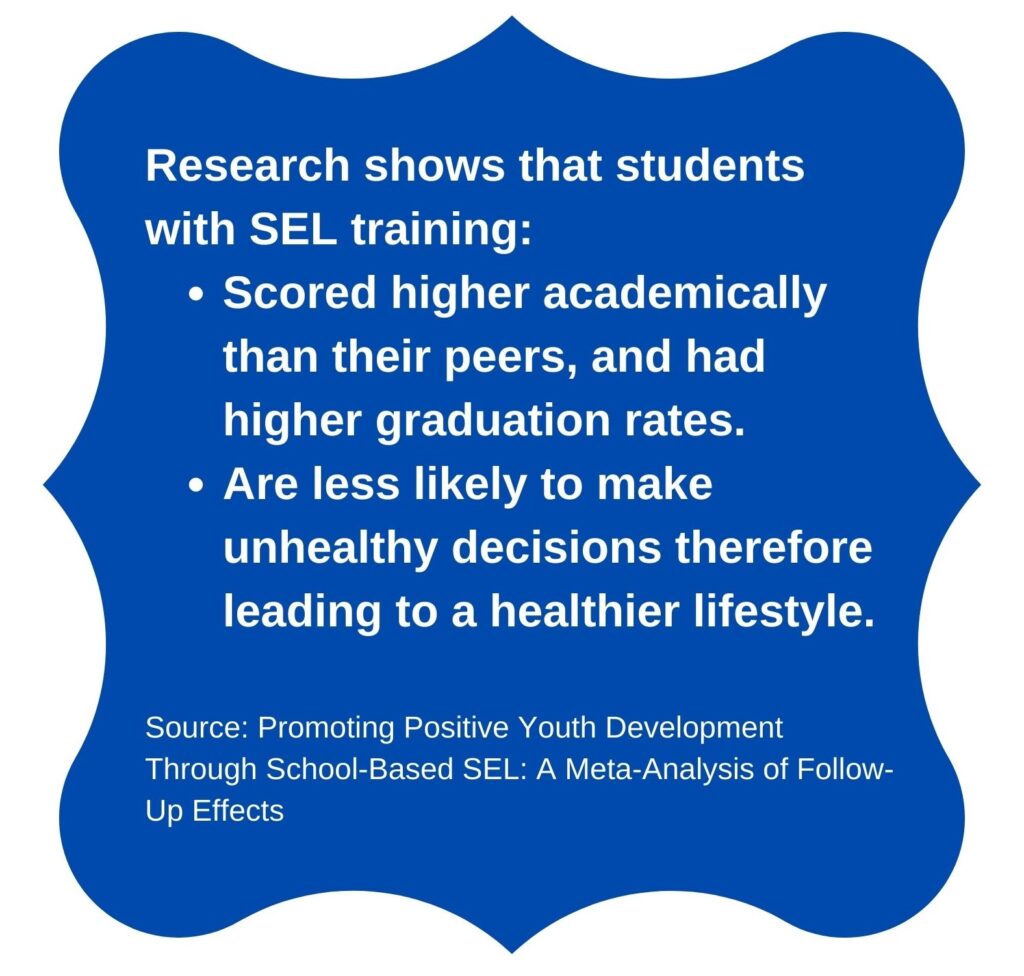Responsible decision-making is a crucial skill that students need to develop in order to navigate their lives successfully. In fact, responsible decision-making is a competency listed on CASEL’s social-emotional learning framework. Responsible decision-making is the ability to make caring and constructive choices about personal behavior and social interactions across diverse situations. This includes the capacity to consider ethical standards and safety concerns and to evaluate the benefits and consequences of various actions for personal, social, and collective well-being.
By engaging students in interactive and thought-provoking activities, we can help them understand the decision-making process and make responsible choices. Let’s explore some effective activities that promote responsible decision-making in the classroom.
Would You Rather?

Introduce social and ethical dilemmas to students through a game of Would You Rather? Present students with different scenarios and ask them to choose between two options. After making their choice, encourage students to explain their decision and the reasoning behind it. Allow students to change their decisions and provide their rationale. This will help foster critical thinking and communication. Check out how to get started with a fun and thought-provoking game of Would You Rather.
Scenario-Based Role-Playing
Engage students in role-play activities that are like real-life situations and require responsible decision-making. Create scenarios related to peer pressure, healthy lifestyle choices, or ethical dilemmas. Let students take turns playing different roles. Then encourage class discussions so students can reflect on the decisions they made, the consequences, and alternative choices. An example from Centervention includes scenario cards as well as a Weighing the Consequences challenge for students. These scenarios challenge students to consider what to do in situations where there is no easy solution.
Decision-Making Journals
Introduce decision-making journals where students document daily choices and the reasoning behind them. This reflective practice encourages self-awareness and helps students recognize patterns in their decision-making processes. Periodic discussions or sharing sessions can further enhance the learning experience.
Debates

Engage students in thought-provoking debates centered around ethical dilemmas. This activity not only sharpens critical thinking but also hones communication skills as students articulate and defend their viewpoints. Choose topics relevant to different age groups, making the debates both challenging and age-appropriate. You can also help make debates successful in your classroom by structuring them and providing guidelines.
Decision-Making Models
There are many different decision-making models that you can teach your students. These models can help students to break down the decision-making process into smaller steps. Some popular decision-making models include the pros and cons list, the decision tree, and the five-step decision-making model.
Mindfulness
Incorporate mindfulness activities into the classroom. Practices such as deep breathing and meditation can help students develop a calm and focused mindset, which is essential for making responsible decisions. Allow for moments of reflection before students make decisions.

Promoting responsible decision-making in the classroom is essential for students’ personal and academic growth. By incorporating these activities into your teaching, you can help students develop critical decision-making skills that will serve them well in their future endeavors.






